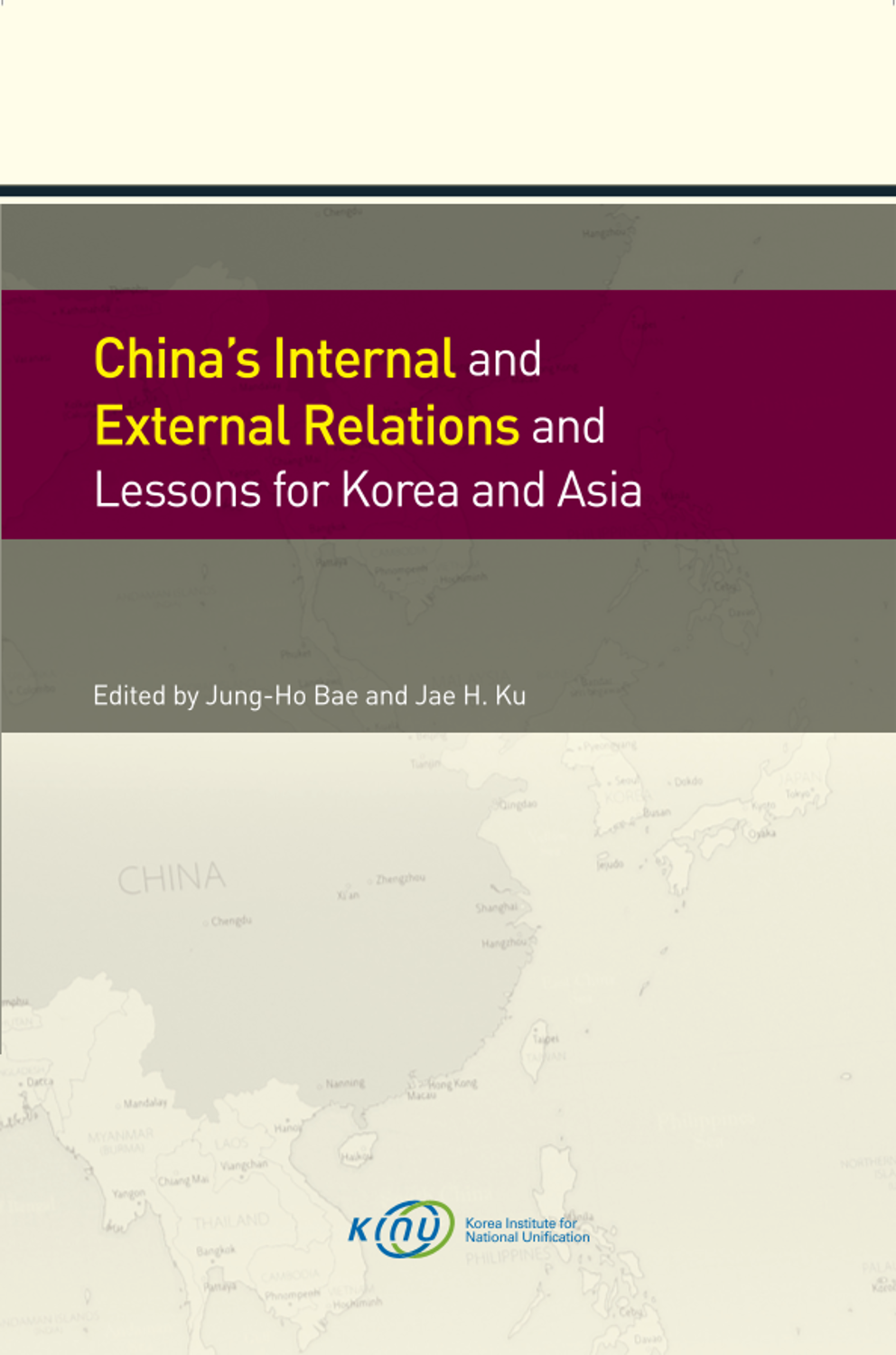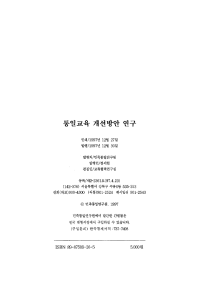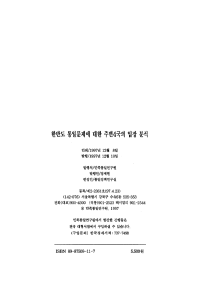
연구원발간물
China’s Internal and External Relations and Lessons for Korea and Asia
- 발행사항
- Seoul: Korea Institute for National Unification, 2013
- 형태사항
- 405 p. : 23cm
- ISBN
- 9788984797420
- 청구기호
- 000 기타13-06
소장정보
| 위치 | 등록번호 | 청구기호 / 출력 | 상태 | 반납예정일 |
|---|---|---|---|---|
이용 가능 (2) | ||||
| 1자료실 | G0015036 | 대출가능 | - | |
| 1자료실 | G0015037 | 대출가능 | - | |
이용 가능 (2)
- 등록번호
- G0015036
- 상태/반납예정일
- 대출가능
- -
- 위치/청구기호(출력)
- 1자료실
- 등록번호
- G0015037
- 상태/반납예정일
- 대출가능
- -
- 위치/청구기호(출력)
- 1자료실
책 소개
With the coming of so-called G2 era, guaranteeing cooperation with China is a rising strategic task when it comes to the North Korean problem and Korean reunification. There is a clear limit, however, in guaranteeing Chinese cooperation due to the Republic of Korea (ROK) and China’s different perceptions on Korean reunification while economic interdependence between these two states is increasing.
In international society, cooperation could be achieved on the basis of shared interests, but issue by issue, shared interests in and of themselves may not be enough. “Strategic leverage,” in other words, might be necessary in order to induce some kind of inter-state cooperation.
This research was undertaken in the context of the above-mentioned questions, with regard to building up diplomatic leverage that could lead to possible ways to induce Chinese cooperation.
This research was undertaken in the context of cooperation with Florence Lowe-Lee at the Global America Business Institute;
Dr. Jae H. Ku at the U.S.-Korea Institute at SAIS, Johns Hopkins University; and Professor David Hawk at the City University of New York. Researchers Kwon Hye-Jin, Moon Mi-Young, Ro Young-Ji, An Hyun-Jung (former member) at the Korea Institute for National Unification (KINU) and Wonhee Lee at the U.S.-Korea Institute at SAIS also devoted much effort in making it possible to publish this volume. as did coeditor Dr. Jae H. Ku.
As the chief editor of this volume, I sincerely appreciate all these efforts. It is my hope that this research helps academics and experts as well as general audiences better understand the dynamic relationship between core and periphery in China, the relationship between China and its weak neighboring countries,
China and international human rights organizations, and North Korean human rights.
목차
― Preface/ Jung-Ho Bae
― Introduction/ Jung-Ho Bae and Jae H. Ku
― Part 1 : China’s Internal Center-Periphery Relations
Chapter 1
Middle Kingdom’s New Territory: A History of Relations Between Xinjiang and China/ Haiyun Ma
Chapter 2
Diplomacy or Mobilization: The Tibetan Dilemma in the Struggle with China/ Tenzin Dorjee
― Part 2 : China’s Relations with Neighboring Countries
Chapter 3
China’s Relations with Mongolia: An Uneasy Road/ Mark T. Fung
Chapter 4
China’s Relations with Vietnam: Permanently Caught Between Friend and Foe?/ Catharin E. Dalpino
Chapter 5
China’s Relations with Laos and Cambodia/ Carlyle A. Thayer
Chapter 6
China’s Relations with Myanmar: National Interests and Uncertainties/ Yun Sun
― Part 3 : China and International Institutions
Chapter 7
The People’s Republic of China and Respect for International Human Rights Law and Mechanisms/ Sophie Richardson
Chapter 8
International Human Rights Law and the Democratic Peoples Republic of Korea: The “UN Roadmap” for Human Rights Improvements in North Korea/ David Hawk
Contributors




